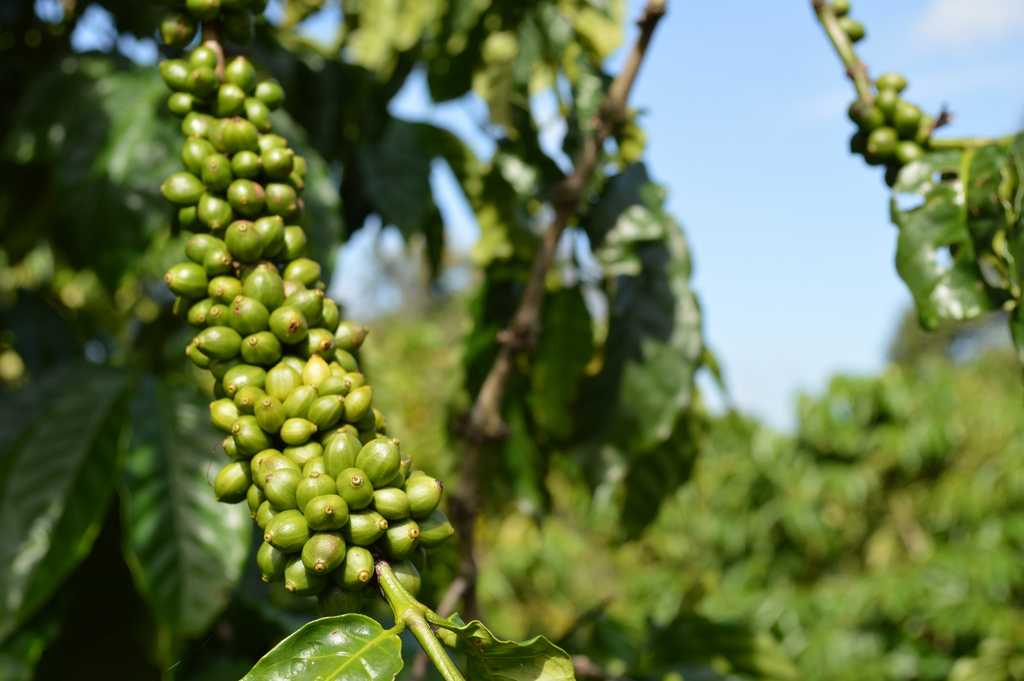By Lizzie Wade*
As humans expanded across the world, we didn’t bring just our plants and animals. We also brought yeast. Now, a new study raises the possibility that you can thank these far-flung microbes for today’s coffee and chocolate flavors.
“This paper is further evidence of how intertwined the history of humans and yeast has been,” says Barbara Dunn, a geneticist at Stanford University in Palo Alto, California, who has studied wine yeasts and wasn’t involved in the current research. “It’s really, truly a mixture of nature and nurture.”
Baker’s yeast, or Saccharomyces cerevisiae, is a single-celled fungus used in the production of many fermented foods and drinks, including wine, beer, coffee, and chocolate. It’s also an indispensable tool in the laboratory. Because yeast reproduces quickly and thrives in controlled conditions, it has become a vital part of evolutionary and genetic studies.
To study the diversity of yeasts, though, Aimée Dudley, a geneticist at the Pacific Northwest Diabetes Research Institute in Seattle, Washington, knew she had to look outside the lab. “We’ve selected for [lab] strains that are simpler and more convenient to work with, and as a result of that they’ve lost some of the properties that wild yeasts have,” she says. “You can think about the lab strain versus the wild strains as kind of like the difference between domesticated dogs and wolves.”
To get a better sense of S. cerevisiae’s true diversity, Dudley and her team mapped where yeast samples in scientific databases originally came from. But their map had gaps. “There were large portions of the globe that were essentially unsampled,” she says. “Those included huge portions of Central and South America, Africa, Asia, Indonesia—really a large portion of the Southern Hemisphere.”
The researchers didn’t have the resources to travel the world hunting for local yeasts. They knew, however, that local strains in many of the unsampled countries were involved in fermenting coffee and cacao, the plant used to make chocolate. During the cacao harvest, farmers break open the fruit and allow the pulp to ferment for several weeks before extracting the seeds that will be turned into chocolate. Similarly, coffee producers also allow their beans to ferment, either before or after removing them from the coffee cherries. So Dudley and her team bought coffee and cacao beans from all over the world and started culturing the yeasts they contained.
Once the scientists had a global sampling of cacao and coffee yeasts growing in the lab, they started comparing their genomes and found strong geographic patterns. “When we isolate strains from Colombian coffee beans, they’re very similar to each other but very different from strains that we isolate from Yemeni coffee beans,” Dudley explains.
Her team identified three S. cerevisiae populations from which all cacao and coffee yeasts were descended: a strain from Europe involved in making wine, a population common in North American oak forests, and a variety found in Asia. Exactly how those strains combined in different places mirrors human migration patterns, the researchers report today in Current Biology.
The reason: On their travels, people carried the microbes with them, sometimes on purpose in samples like wine or beer starters, and sometimes by accident, clinging to crops or food processing equipment.
The Colombian coffee strain, for example, is a genetic mixture of the North American oak and European wine populations, reflecting the contact of the Old and New Worlds during the European settling of the Americas. Yemeni coffee, on the other hand, is fermented by a yeast that is a mixture of European wine yeasts and the Asian strain. The eastern and western yeasts might have mingled as traders carried wine and coffee along the Silk Road, the ancient trade route connecting Europe and Asia.
Dudley and her team didn’t study how the various cacao and coffee yeast strains might contribute to the taste of the finished product. But scientists already know the different yeasts found in vineyards all over the world play a role in a wine’s terroir, the unique aspects of taste and smell that depend on where the wine is produced. The chocolate and coffee yeasts Dudley analyzed are much more diverse than wine yeasts, raising the possibility that they could play an even more significant role in flavor.
Sarah Knight, a population geneticist at the University of Auckland in New Zealand who studies wine’s microbial terroir, explains that during fermentation, each strain of yeast releases distinctive metabolites, which contribute to flavor and aroma. “So it wouldn’t be surprising,” she says, “if these genetically differentiated populations are making slightly different combinations of compounds, and that may change the way that the chocolate tastes and smells.”


















